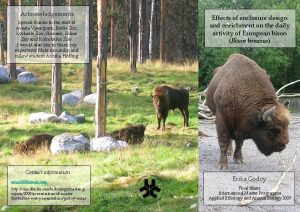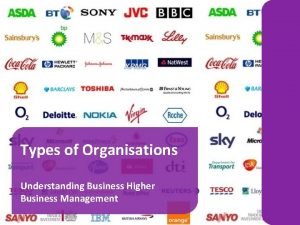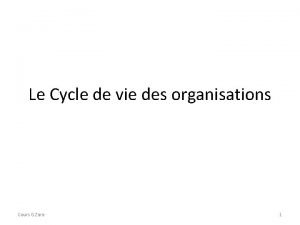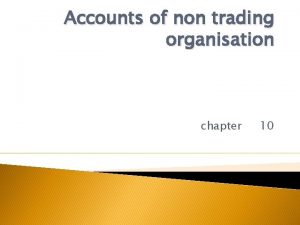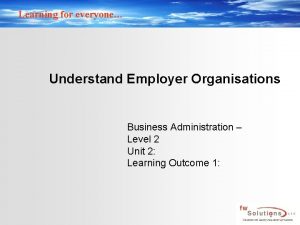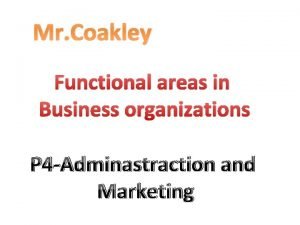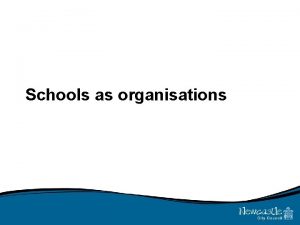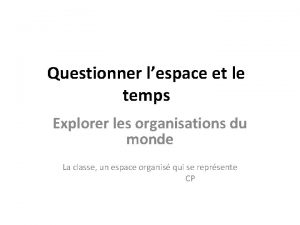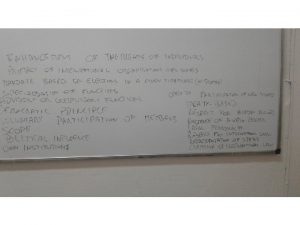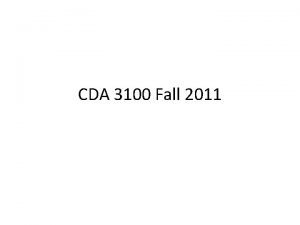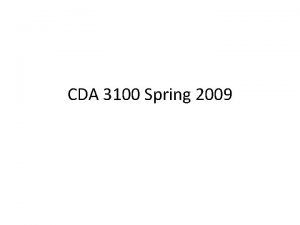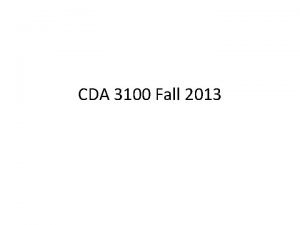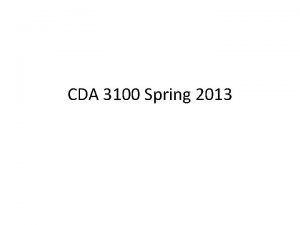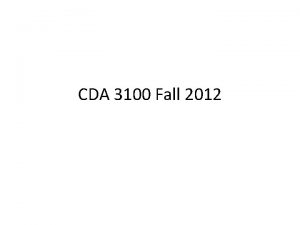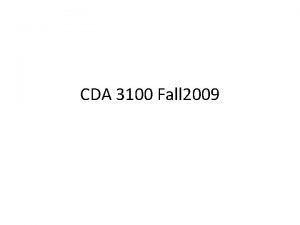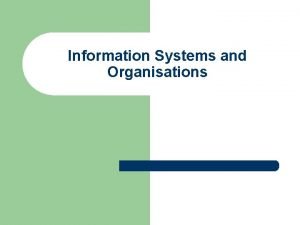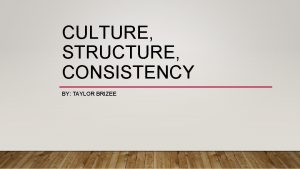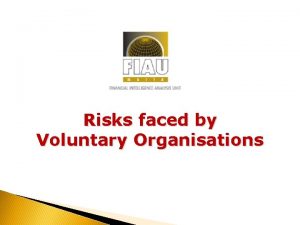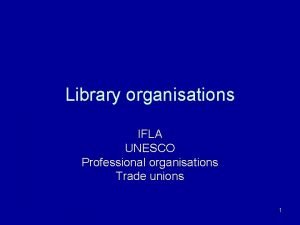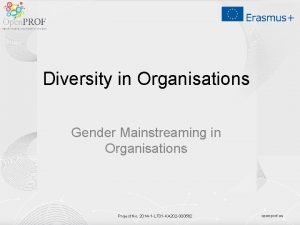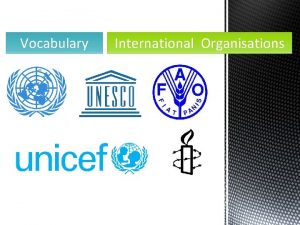Organisations structure functions and culture special thanks to




























- Slides: 28

Organisations - structure, functions and culture (special thanks to Geoff Leese)

Objectives n n n Be able to describe the ways in which organisations may be structured Know the characteristics of tall and flat organisational structures Understand centralisation/decentralisation Have an overview of organisational functional areas Know the importance of information systems in organisations

First - a definition! “the structure of an organisation can be defined simply as the sum total of the ways in which it divides its labour into distinct tasks and then achieves coordination between them” (Mintzberg, 1979) n

Purpose of Organisational Structure n n n To allocate tasks and responsibilities (DISINTEGRATION) To identify and clarify roles and levels of responsibility To coordinate activities and roles once allocated (INTEGRATION) To facilitate and regulate information flows and decision making processes To serve, in some measure, as a means of resolving differences

Issues! n n n n Task differentiation - how much? Tight or loose control? Mechanistic Vs organic? Central or devolved authority? Prescriptive job definition? Span of control? Communication flows/decision making? External (environmental) factors?

Basic factors involved Purpose and goals n Tasks n People n Technology n Culture n External environment n

Functional Specialisation Advantages n n Professional expertise enhanced Usually effective in practice Traditional form of departmentalisation Readily accepted by employees Disadvantages n n n Sub-optimality Problems adapting to change (geographical, product diversification) Narrow functional experience less suitable as training for general managers

Geographical Specialisation Advantages n n n Faster decisionmaking Uses local knowledge Speedier reaction time Some operating costs lower (storage, transport) All round experience good training for managers Disadvantages n n n Loss of control by “head office” Problems co-ordinating local activities Duplication of effort

Product Specialisation Advantages n n n Develops expertise in products/services Responsibilities clearly identified Diversification and technological change easier to handle Disadvantages n n n Sub optimality again! Possible co-ordination problems Loss of control by senior management

Chief Exec Production Finance Marketing Project A Manager Project B Manager Project C Manager Vertical flows - functional authority Research Horizontal flows - Project authority Matrix Structure (1)

Matrix Structure (2) n n Can help motivation Helps direct effort n n Can result in “division of authority/responsibility” conflicts Resource allocation problems Resentment of “functional heads” One man, One boss? ! Tries to combine stability & efficiency of “functional” division with flexibility and directness of “project based” division

Factors influencing span of control Narrow span Wider Span Complex work Simple work Uncertain environment Stable environment Less able subordinates Able subordinates More risk/danger Less able manager Able manager

“Tall” Vs “Flat” structures n n n n Size of organisation Complexity & nature of operations Production methods Technology Management style Amount of delegation Spans of control Ability of managers & personnel

“Tall” Vs “Flat” structures n n n Larger size Many levels Narrow span of control Long chain of command More formality, specialisation & standardisation n n Smaller size (usually) Fewer levels Broad span of control Short chain of command

Decentralisation advantages Improvement of local decision making n Improvement of strategic decision making n Increased flexibility n Reduced communication problems n Increase motivation of local management n Better training for junior management n

Decentralisation disadvantages Possible sub-optimal decision making n More co-ordination problems n Control and monitoring problems n Needs intelligent & well motivated junior managers n

Don’t decentralise! Decisions about technologies, markets & products n Decisions about diversification and contraction n Decisions about corporate finance n Decisions about corporate personnel policy and key appointments (Drucker) n

The “Flexible Firm” n n n n Core versus peripheral activities Functional flexibility for core activities Polyvalence/multiskilling One man, one job? Numerical flexibility for peripheral activities Outsourcing “Hire & fire”

Business Functions Marketing n Production n Finance n Personnel n Administration n

Marketing What does the customer need? n Product design n Production levels n Storage, distribution and delivery n Market Research n Advertising n Selling n

Production Making or assembling product from raw materials or components n Types of production n ä One-off ä Small batch ä Large batch ä Continuous process

Finance (1) n Financial accounting ä “keeping the books” ä provision of info for taxation authorities ä production of statutory and traditionally required documents

Finance (2) n Management accounting ä Provision n of information for decisionmaking Budgets ä statements of resources available for a given period ä expenditure monitoring and control n Financing ä Amounts and methods of raising funds

Personnel(1) Recruitment n Deployment n Training n Selection for promotion/advancement n

Personnel(2) Wages/salaries & benefits n grievances and discipline n Termination of employment n ä retirement ä redundancy ä dismissal ä death!

Administration Creating and operating rules, procedures and regulations n Implementing decisions and directives n Creating and maintaining channels and media for communication n Implementing changes in organisational policy n

Effects on Info. Systems IS must be tailored to suit needs n Consider information flow requirements n Consider control issues n Consider culture n Consider degree of centralisation n Consider empowerment/delegation issues n Consider available technology! n

Further Reading Bott et al sections 2. 3, 3, 4, 8 n Butel L et al (2002), Business Functions, an Active Learning Approach, Blackwell, Oxford n ä Sections n 1. 1 and 4 Learnmanagement link
 Acknowledgement special thanks to
Acknowledgement special thanks to Contemporary organisations
Contemporary organisations Higher business questions
Higher business questions Rms ema
Rms ema How humans behave in organisations
How humans behave in organisations Institution politique
Institution politique Cycle de vie des organisations
Cycle de vie des organisations Life membership fees of non trading concern is
Life membership fees of non trading concern is End point assessment organisations
End point assessment organisations Understand employer organisations
Understand employer organisations Functional areas in business organisations
Functional areas in business organisations Communication socionumérique des organisations
Communication socionumérique des organisations Psychosociologie des organisations
Psychosociologie des organisations Schools as organisations
Schools as organisations Explorer les organisations du monde
Explorer les organisations du monde Non material culture definition
Non material culture definition Fed-batch
Fed-batch American culture vs indian culture
American culture vs indian culture Stab culture and stroke culture
Stab culture and stroke culture Folk culture and popular culture venn diagram
Folk culture and popular culture venn diagram Popular culture examples
Popular culture examples Site:slidetodoc.com
Site:slidetodoc.com Homework due today
Homework due today Carpet culture method
Carpet culture method Lawn culture
Lawn culture Surface culture deep culture and esol
Surface culture deep culture and esol Individual culture traits combine to form culture patterns.
Individual culture traits combine to form culture patterns. Batch culture vs continuous culture
Batch culture vs continuous culture Characteristics of collectivism
Characteristics of collectivism
